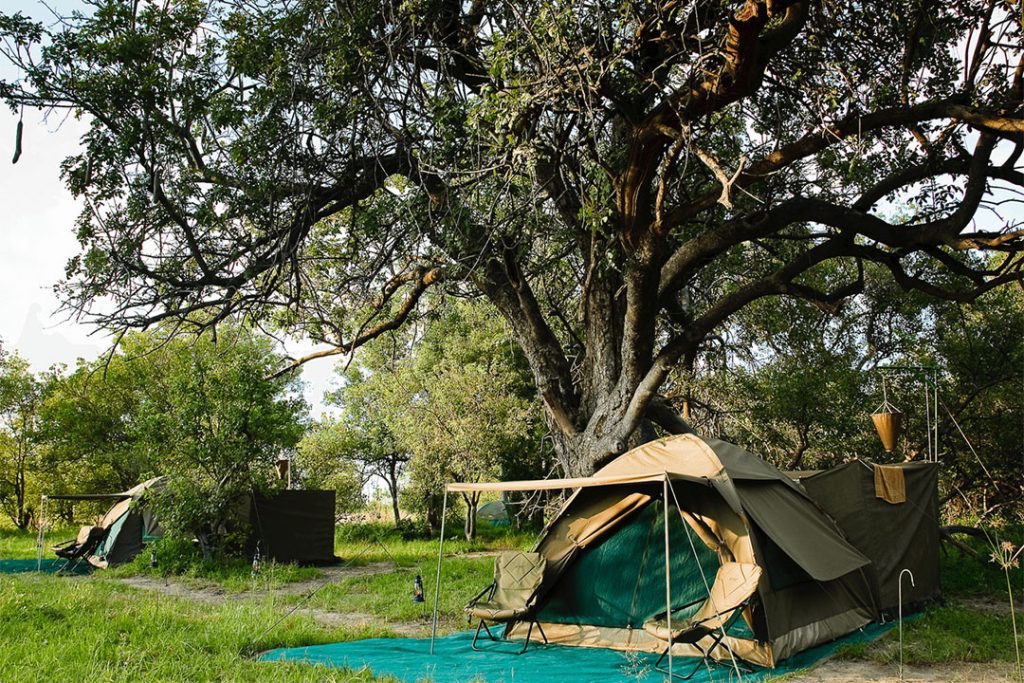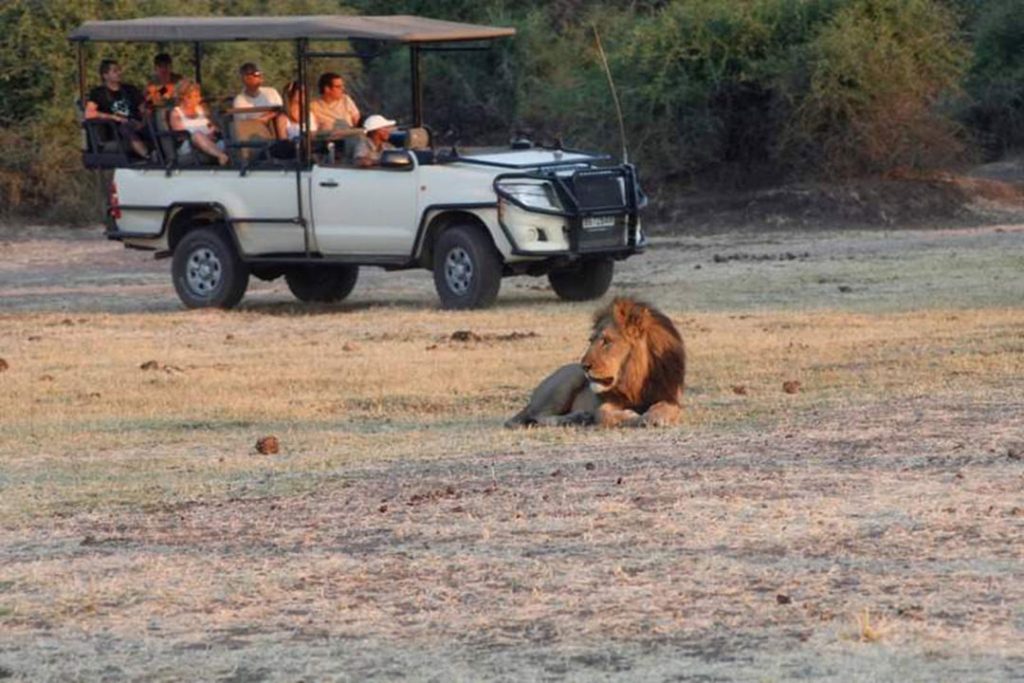
USEFUL INFO
A place like no other, Botswana is a land of enchanting beauty and boundless adventure. From the lush Okavango Delta to the arid Kalahari Desert, Botswana’s diverse landscapes offer a feast for the senses. A paradise for nature lovers, the country offers a wide range of activities, from birding and canoeing to hiking, biking and game drives through one of Botswana’s many national parks. Cultural attractions include traditional dances, music, and art, which can be experienced firsthand by attending a traditional ceremony.
Other highlights include the impressive Makgadikgadi Salt Pans, where visitors are privy to massive zebra migrations during the flood season; the Savuti plains, which host significant lion prides; and the Tsodilo Hills, where 4500 rock paintings form a unique record of human settlement over many millennia.
Capital Cities: Gaborone (administrative), Maun (tourism)
Official language: Setswana
Population: Approximately 2.4 million
Dialing code: +267
ATMs, Bank cards accepted, and Banking hours:
- ATMs are widely available, especially in major cities.
- Visa, Mastercard, and American Express are commonly accepted.
- Banking hours are typically Monday to Friday, 9:00 AM to 5:00 PM.
CURRENCY:
- Local currency: Pula (BWP)
- Symbol: P
- ISO code: BWP
- Central bank: Bank of Botswana
- Subunit: Thebe
- Banknotes: 100 Pula, 50 Pula, 20 Pula, 10 Pula. 5 Pula, 2 Pula, 1 Pula.
- Coins: 25 Thebe, 10 Thebe, 5 Thebe, 2 Thebe, 1 Thebe.
By AIR
- Inbound / Outbound Airlines: Search for flights here.
- Sir Seretse Khama International Airport in Gaborone is the main international airport.
- Domestic flights are also available to major destinations like Maun and Kasane.
Note: Most Naturecrazi package tours include airport Meet & Greet and shuttle services.
By ROAD
- Roads are generally well-maintained, especially in the south.
- Self-drive is a popular option.
- 4×4 Vehicles are required in most wildlife conservation areas.
BUS & RAIL
- Intercity bus services are available, but they can be less frequent.
- There is no extensive rail network.
By WATER
- Boat trips are offered in areas like the Okavango Delta, but they are often part of organized tours.
- Some remote area river crossings offer pontoon or boat ferry services.
- House boats can be hired on most large lakes and rivers.
Food and water safety:
- Tap water is generally safe to drink, but it is advisable to stick to bottled water.
- Food hygiene standards are generally good in major tourist areas.
Local cuisine:
- Botswana cuisine is influenced by South African and African traditions.
- Popular dishes include seswaa (beef stew), sadza (cornmeal porridge), and mokoro (vegetable stew).
- Food generally focuses on meat dishes, such as goat, beef, chicken and fresh water fish, and a maize meal known locally as “pap”.
- Adventurous culinary enthusiasts may want to try the traditional speciality of Mopane Worms, while those with a sweet tooth should make sure to sample the local Kalahari Truffles (made as a dessert) and unusual fruit called Marula.
- It is believed that watermelon originated here.
Drinks:
- Popular drinks include traditional African beers like chibuku and imported beverages.
- Local alcoholic drinks include Bojalwaja Setswana (the beer of Botswana) – created using fermented sorghum seeds.
Tipping:
- Tipping is customary in restaurants and hotels.
- A 10-15% tip is common.
- 10% is usually added to the bill at restaurants.
- It is also customary to tip game drivers and guides.
Seasons:
- Botswana has two main seasons: dry (May-October) and wet (November-April).
- The wet (also known as the green) summer season runs from November through to April.
- The winter (dry season) runs from May to October, with October being the hottest month.
- Botswana doesn’t really have a Spring and Fall season.
Climate and Weather:
- The climate is generally hot and dry, with temperatures ranging from mild in the south to hot in the north.
- The dry season is cooler and drier.
- Annual rainfall: 475 mm
- Average temperature: 27°C
- Summer: Average highs: 31°C and average lows: 20°C
- Winter: Average highs: 23°C and average lows: 22°C
Best time to visit:
- The dry season (May-October) is generally considered the best time to visit, as it offers comfortable temperatures and ideal conditions for wildlife viewing.
- During the dry winter months animals usually stay close to their water sources, increasing your chances of seeing them.
Summer Clothing:
- Lightweight, breathable clothing is ideal for the hot weather.
- Shorts, T-shirts, and dresses are suitable.
Winter Clothing:
- While winters are mild, evenings can be cool.
- Long pants, sweaters, and light jackets are recommended.
General:
- Modest dress is generally appreciated, especially in rural areas and when visiting cultural sites.
Internet Availability:
- Internet access is widely available in major cities and tourist areas
- Wi-Fi is often offered in hotels and restaurants.
Electricity and Plug Standards:
- The standard voltage in Botswana is 220* volts, and the plug type is primarily three-pin (BS 1363).
*Travel plug adapter and voltage converter might be necessary depending on your appliances.




